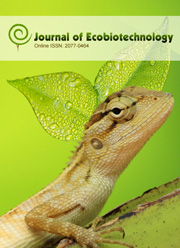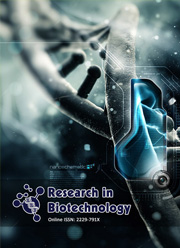Quantitative detection of cariogenic Streptococcus mutans from saliva using TaqMan assay by Real-Time PCR: A case study in Allahabad
Abstract
Mutans streptococci have been implicated as cariogenic bacteria in dental caries because they can produce high levels of dental caries-causing lactic acid and extracellular polysaccharide. The aim of this study was to isolate and characterize the mutans streptococci from the saliva obtained from the peoples of Allahabad. The specifically designed TaqMan probe based Geno-Sen’s SM Kit for quantitative detection of Streptococcus mutans using Real-Time PCR model Rotor Gene 6000 (Corbett Research, Australia) on the basis of gtfB gene. The specific master mix contains reagents and enzymes for the specific amplification of S. mutans and for the direct detection of the specific amplificon in fluorescence channel cycling Green (FAM) of the Rotor Gene 6000 and the reference gene on cycling Yellow (Joe) for external positive standards of S. mutans MTCC-890. In this study all previously biochemically identified cariogenic clinical isolates were used for TaqMan assay. Out of 10 isolates of Streptococcus sp. 6 isolates namely as MS1; MS9; MS36; MS45; MS54 and MS72 were amplified and found 1079324; 93182; 145439; 13696; 25011 and 3501577 copies/ml. Standard S. mutans MTCC-890 has also amplified and showed 3524945 copies/ml. Using this assay, the numbers of cariogenic S. mutans bacteria in saliva and dental plaque was observed. Present investigation revealed that the TaqMan assay is accurate and useful for the absolute and relative quantification of cariogenic bacteria from oral specimens.



 .
.